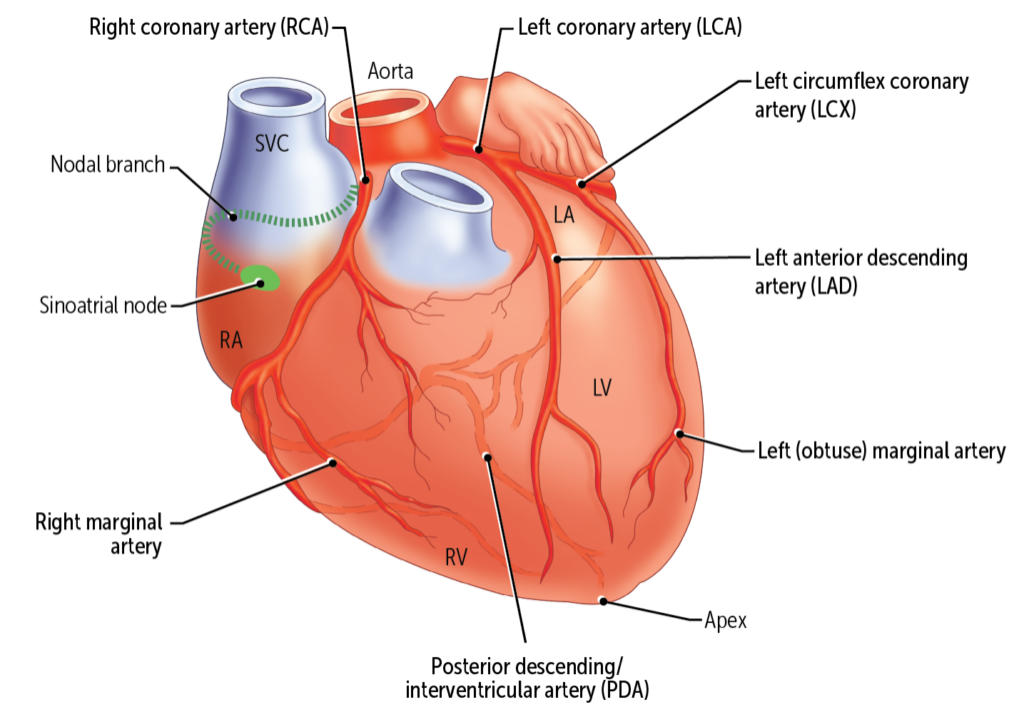Prokaryote Structure and the Gram Stain
Bacteria are members of a unique taxonomic kingdom consisting of prokaryotic unicellular organisms. Prokaryote is a term from ancient Greek meaning “before the kernel.” The kernel in this case is a nucleus, which prokaryotes lack. Prokaryotes also do not have any membrane-bound organelles. In fact, many of the organelles found in eukaryotes—like an endoplasmic reticulum, mitochondria, Golgi apparatus, lysosomes, and peroxisomes—are completely absent in prokaryotes.
Bacteria first began to be identified by a “defective method.” Or so its Danish inventor, a recent medical school grad named Hans Christian Gram, deemed it in 1884. Gram was working with lung tissue from cadavers who had died of infections from Streptococcus pneumoniae and Klebsiella pneumoniae when he discovered that those organisms reacted differently to certain substances under the microscope, and—voilà—the Gram stain was born, to identify gram-positive bacteria. The defect he mentioned was overcome by German pathologist Carl Weigert, who added a final step to Gram’s procedure and gave us the method to identify gram-negative bacteria. We’re still using the same techniques more than 130 years later!
After listening to this AudioBrick on prokaryote structure and the Gram stain, you should be able to:
- Describe the structure of prokaryotic cells.
- Discuss the physiologic niche of bacteria and their growth characteristics.
- Describe the staining characteristics and classification and identification of bacteria.
If you haven’t subscribed to the Rx Bricks Podcast, we suggest you do it today! It’s free.
Head to the homepage for the Rx Bricks Podcast to hear the full episode and subscribe so that you’re notified when the next one drops.




